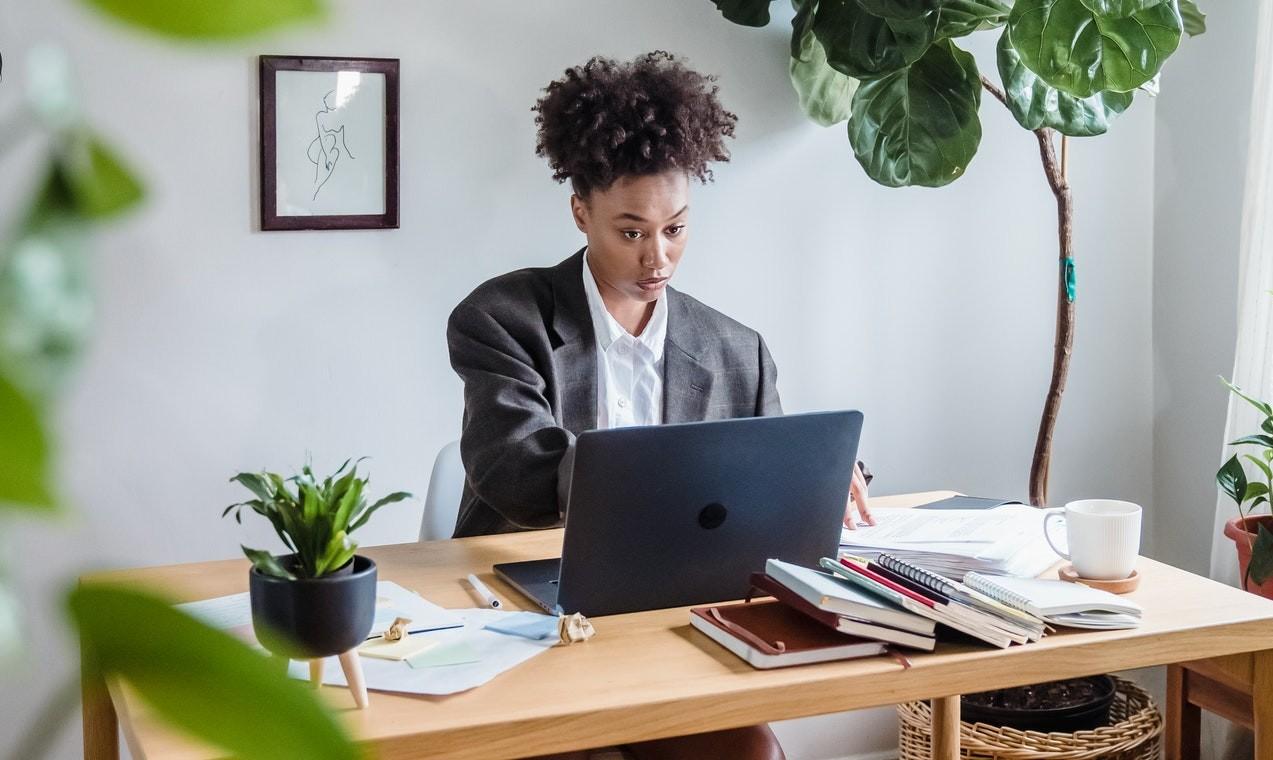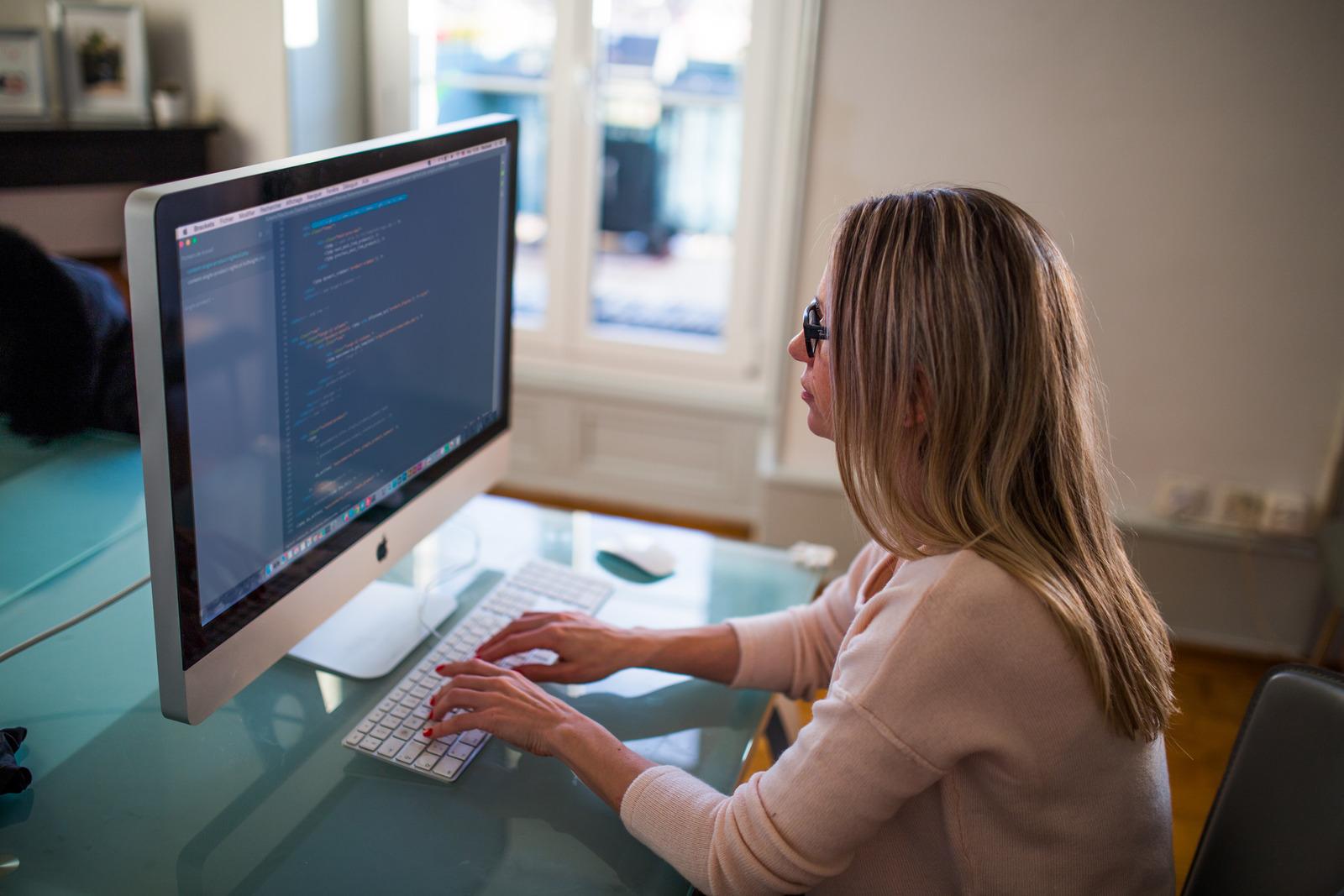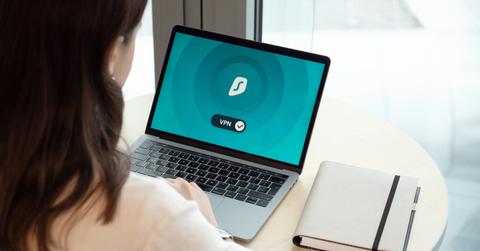How Women Can Protect Themselves From Online Harassment, Doxing and Deepfakes
Let us be honest, most of us can not go a day without going through our Instagram feed, posting a picture, or tweeting. Social media is deeply woven into our daily lives but with constant connectivity comes new risks.
For many women, online harassment and deepfakes have turned digital spaces into potential minefields, making online safety more critical than ever. According to the Digital 2025 global overview report, the average person now spends 6 hours and 38 minutes connected to the internet every day amounting to 27.6% of each day. And on social media? Globally, users are averaging roughly 2 hours 21 minutes each day. This proves that our screens are where we connect, create, and sometimes, where we are most vulnerable. According to UN Women, these digital spaces expose women disproportionately to abuse and harassment.
For women professionals, creators, and entrepreneurs, this reality hits differently. We are building careers, brands, and communities online, but we are also navigating a digital landscape where harassment, doxing, and AI-driven deepfakes are becoming alarmingly common. And with October being Cybersecurity Awareness Month there is no better time to talk about what it really means to stay safe and stay sane online

The Emotional And Digital Reality
The truth is online harassment can not just be labelled as “trolling.” It is deeply personal, can shake your confidence, disrupt your work, and invade your sense of safety. Imagine opening your inbox to hate messages or worse, discovering your image has been manipulated into a deepfake. Women, especially women of color face more targeted abuse. The damage goes beyond screens; it touches our sense of identity. And still, we are expected to show up online every day by leading teams, creating content, and “keeping it together.”
Practical Ways To Protect Yourself From Deepfakes And Online Harassment
- Lock Down Your Personal InfoStart with a self-audit. Google yourself. Check what is publicly visible. Remove old accounts you no longer use, adjust your privacy settings and remove location data. According to the Cybersecurity & Infrastructure Security Agency (CISA), minimizing your data footprint makes you harder to target.
- Strengthen Your LoginsUse two-factor authentication (2FA) everywhere, this is non-negotiable. A password manager like Bitwarden or 1Password can help keep your accounts safe without overloading your memory. One breach can cascade into brand damage or loss of content especially for creators and entrepreneurs.
- Think Before You Post or ReactWhen harassment starts, it is tempting to fight back online. Document the abuse with screenshots, block or mute offenders, and report where necessary. Learn to protect your energy as fiercely as your data.
- Stay Aware of DeepfakesAI-generated content is becoming weaponized. In 2025, 16% of cyberattacks involved deepfakes or synthetic identity tools. As someone building an online presence, you must monitor not only what you publish, but what could be published in your name. Regularly reverse-image search your photos and videos. If you find manipulated versions of your content, document and report them immediately.
- Create a Crisis PlanWho would you contact if your account were compromised? Where are your backups stored? Having answers to these questions will save you time and panic when you need it most. In a world where one viral post can shift reputations, your network is part of your defense strategy.

The Emotional Toll And Why It Matters
An Amnesty International report found that nearly half of women who experience online abuse suffer from anxiety, sleep problems, or loss of confidence. In fact many step back from public discourse entirely, a chilling reminder of how online violence silences women’s voices in real life.
“It is no secret that misogyny and abuse are thriving on social media platforms, but this report shows just how damaging the consequences of online abuse are,” said Amnesty researcher Azmina Dhrodia.
In conclusion, online harassment, doxing, and deepfakes are real, but so is your ability to fight back and protect yourself. By implementing the practical steps listed above, you can take charge of the narrative and protect your presence. You deserve to feel safe online, to create, lead, and express yourself without fear on social media . So this month, let us do more than just “stay aware.” Let’s stay in control and secure our world.







